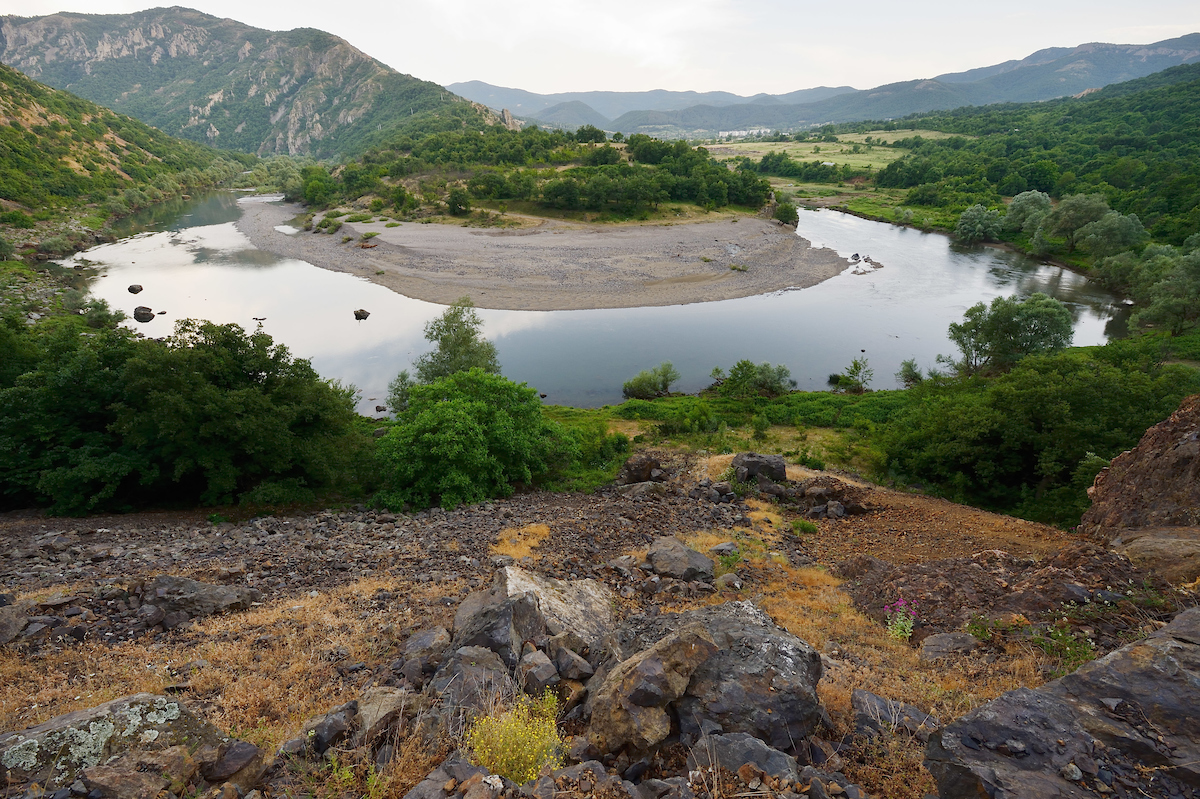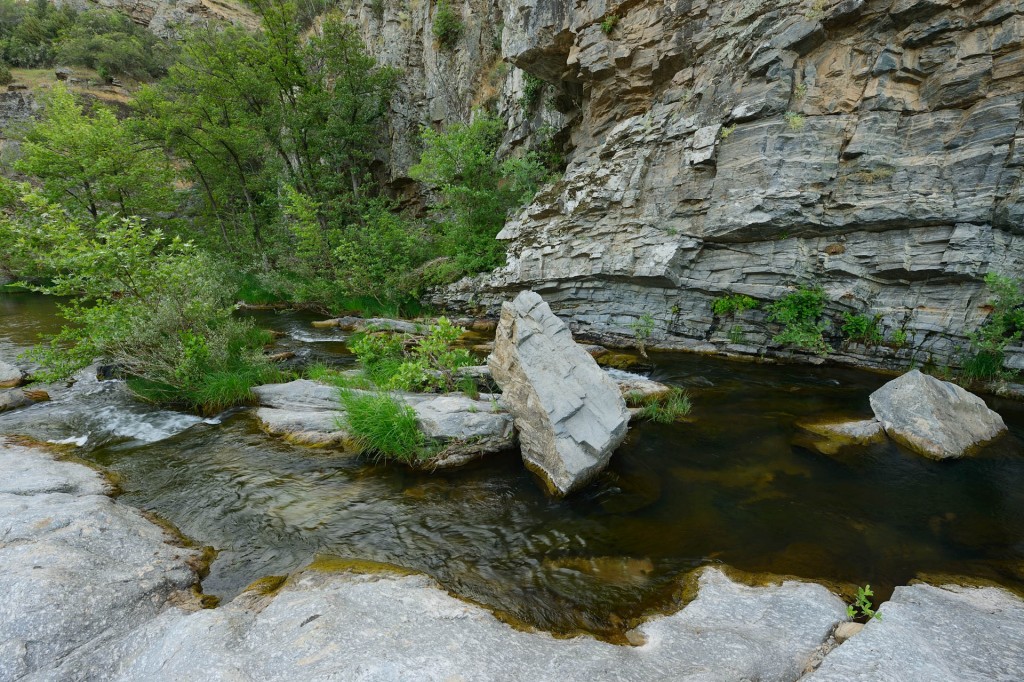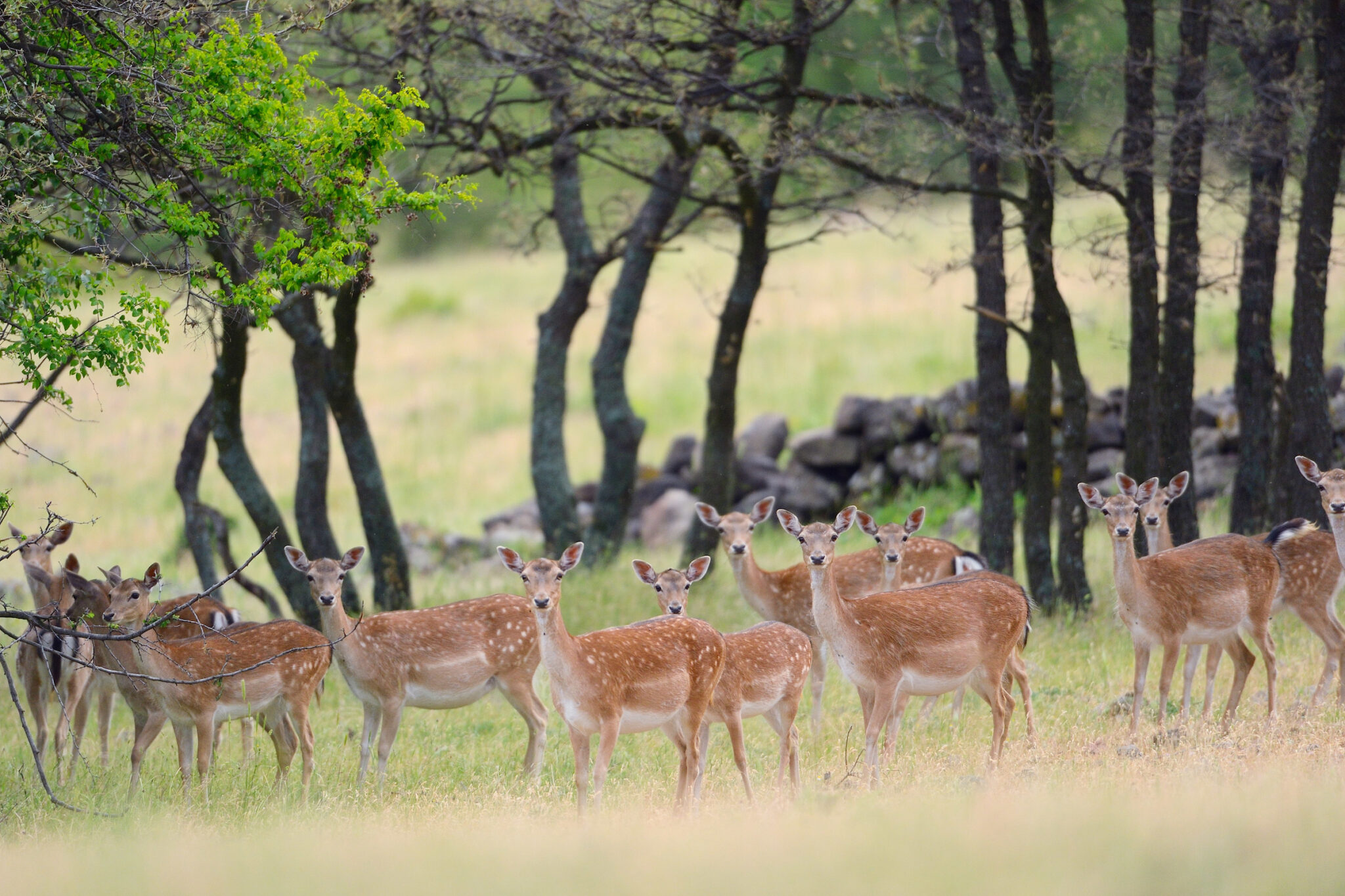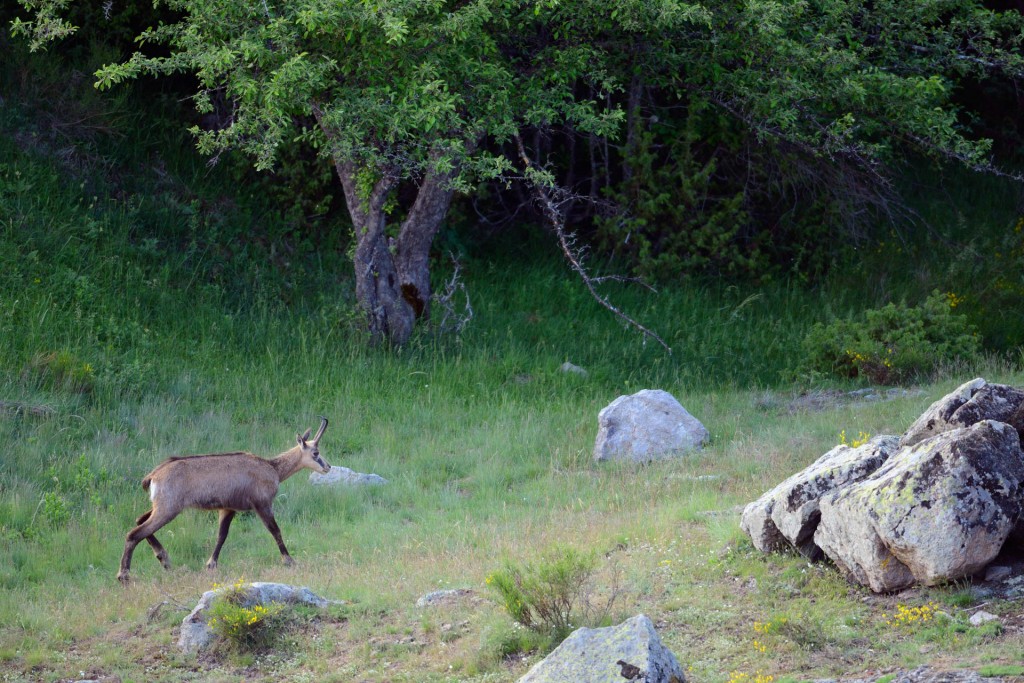This greater rewilding area covers the Rhodope Mountains in Bulgaria, which are geographically connected also to the extensive wild lands on the southern slopes of the Rodopi and Orvilos Mountains, in Greece.
Towards the west, the Rhodopes also reach the Northern Pirin and Rila mountains, with their famous Pirin and Rila National Parks. The entire region forms the core of the Rila-Rhodopean Mountain Massif – the largest compact mountain formation in the Balkans, extending for more than 40,000 km2 (or 4 million hectares).
The landscape ranges from the Aegean Sea near Porto Lagos in Greece, to an altitude of 2,212m a.s.l. at the highest peak of the Slavyanka Mountains. The region also contains some of the oldest land mass in the Balkan Peninsula – the Western Rhodopes. Only the highest peaks here were covered by ice during the last Ice age. The region’s very diverse physical geography is a main reason for its rich and quite unique biodiversity.
Another reason is its situation, right at the crossroads between Asia and Europe, and between the Mediterranean and the Continental Europe. The plant diversity is especially high, with several local endemic species that grow here but nowhere else, and the area holds over 50% of Bulgaria’s plant species. Birdlife is very rich and this is one of the areas in Europe with the highest number of raptor species, in all giving the Rila-Rhodopean massif status as one of the most biologically important areas in Eastern Europe.



